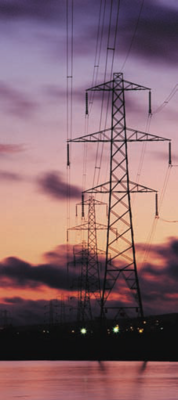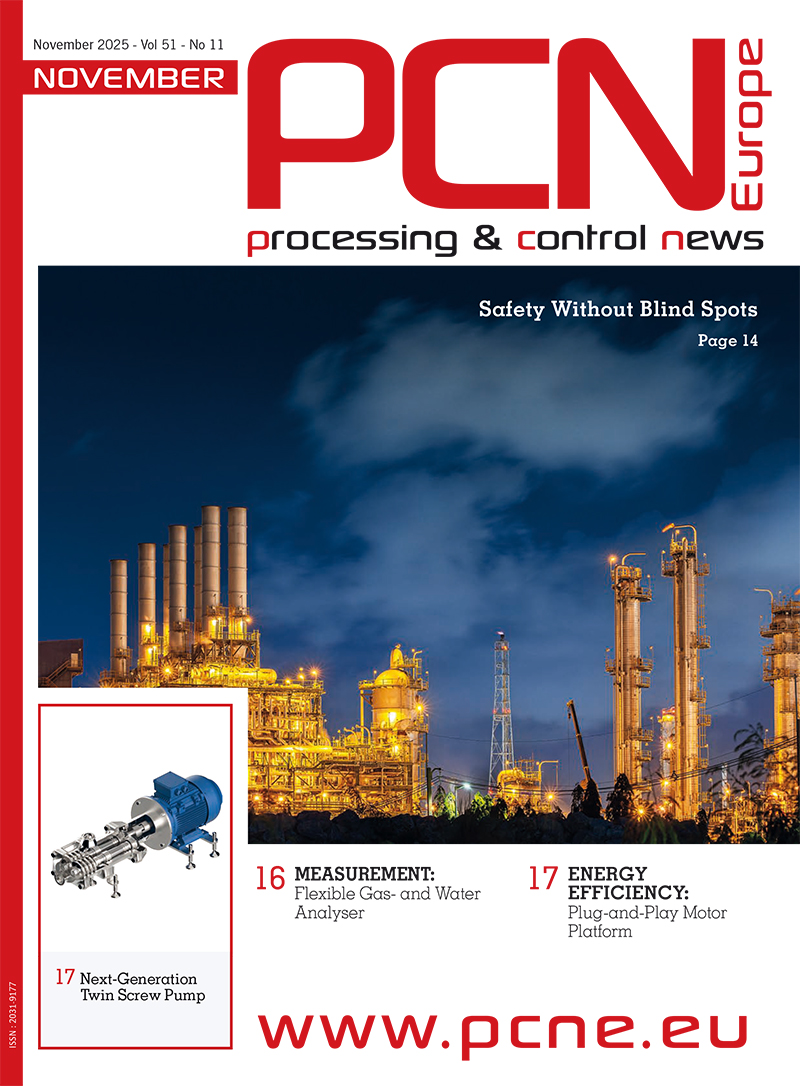Electronic devices are now used more often in industrial areas, and so an increase in non-linear effects occurs in the mains networks. This means it is no longer possible to work without some sort of harmonic filter module. Suppliers of harmonic filters visit customer sites to accurately measure the current and voltage curve, diagnose deviations from the ideal sinusoidal wave form, and hence identify faults that may initially not have appeared all that serious. A minor fault in the company’s network, for example, which causes flickering of a desktop monitor, may not be tolerated in a production environment. These barely-noticeable faults in the mains network can affect the reliability and quality of production. Faults in sensitive electronic devices also need to be avoided, regardless of whether they are used in commerce and industry or in a home environment. "The problems in mains networks have intensified with the increasing use of converters," says Andreas Lauer, Head of Development for Network Quality and Special Inductive Components at Block. This increased use of converters is actually a welcome development, as converters can save energy due to the demand-based supply of the drives. However, the converters have become increasingly powerful, resulting in stronger reactions in the network." Rather than achieving the ideal ‘sinusoidal’ waveform, the connection of a measuring device results in a ‘McDonald's curve’. This curve is so-called because of its similarity to the large ‘M’ logo of the famous burger chain. "The real problem is the harmonics," adds Lauer. “While third harmonics do not occur in three-phase networks, they can cause problems in single-phase networks, as a result of commonly-used energy-saving lamps, televisions and PCs. The increased use of electronics is having negative consequences. Virtually every electronicload now causes harmonics.” According to Lauer, the consequences are not just faults, but “avoidable costs”. Energy supply companies are ultimately responsible for ensuring that their networks remain clean. Indeed, Block is often called out by an energy supplier, after a network operator has identified that a customer's system reactions are causing problems with the network quality. "It can even get to the stage where the energy supplier threatens to shut down the customer's network," states Lauer. Clearly, electricity customers should do everything they can to avoid such situations. If the current and voltage in the network are not operating in common mode, the effective output (i.e. the proportion of the product of current and voltage with which actual work can be performed) drops. In this ‘dynamic’ mode, which is the equivalent of negative power, a substantial part of the high-grade energy source ends up as heat, which is waste energy the customer still has to pay for. Also, transporting just the required amount of effective power in the cables without an unwanted proportion of harmonics, means that a smaller cross-section of cable would be sufficient to supply devices and systems – an interesting potential saving in light of current copper prices. Alternatively, more consumers could be connected to already-installed cabling if the amount of waste energy moving back and forth was reduced. Harmonics are just as problematic in energy suppliers' distribution networks as they are in commerce and industry. The last major blackout in New York was caused by harmonics and resulted in the creation of a series of standards and guidelines designed to guarantee network quality, even in the star-shaped networks commonly used in the US (due to the large distances to be bridged). The example is therefore not a like-for-like comparison with Europe, where shorter distances enable ring topology, which has greater redundancy in the event of a fault. But the cables used here in Europe also deteriorate. This is a slow process, but one which can lead to failures if several error sources take effect at the same time. It is a well-known fact that harmonics accelerate cable corrosion. In the case of production, the consequences are not quite as spectacular as a blackout, but they are just as undesirable. There is a risk of higher losses in machines and systems, cables and devices can overheat, measuring instruments and relays show errors. Devices and complete production lines can deteriorate faster as a result of the undesired stress, capacitors can even be destroyed, while computers and telecommunications equipment may experience faults. Passive filter technology offers a solution. Harmonic Filter Modules (HFMs) guarantee high network quality. As passive components, they are not only reliable and cost effective, but can also be easily connected in parallel for increased power. The effect is not only improved voltage stability and fewer electrical faults, but also reduced losses. "Energy savings of up to 30 per cent are not uncommon," says Lauer. “And because thermal loads are minimised, you will see increased service lives of devices and systems.” Converter manufacturers are already aware of these problems and are already buying HFMs. However, the source of faults not only lies with converters, but also rectifier stations. These are often used in combination with rectifier motors. There is no general consensus as to whether using several small modules or central compensation is the best solution. Space is often the deciding factor in terms of which model is used. In the event of retrofitting, however, distributed HFMs are generally used.
Harmonic Filters Smooth Out Extreme System Reactions
Electronic devices are now used more often in industrial areas
- by Block Transformatoren-Elektronik GmbH
- February 1, 2009
- 342 views
Disclaimer: Content published by TIM Global Media, including text, images, and videos, is either created in-house or provided by Suppliers/Manufacturers with their approval. Suppliers/Manufactures warrant that their materials do not infringe third-party rights and agree to indemnify and hold TIM Global Media harmless from any related claims.





















